Oct 16, 2021 – Jan 16, 2022
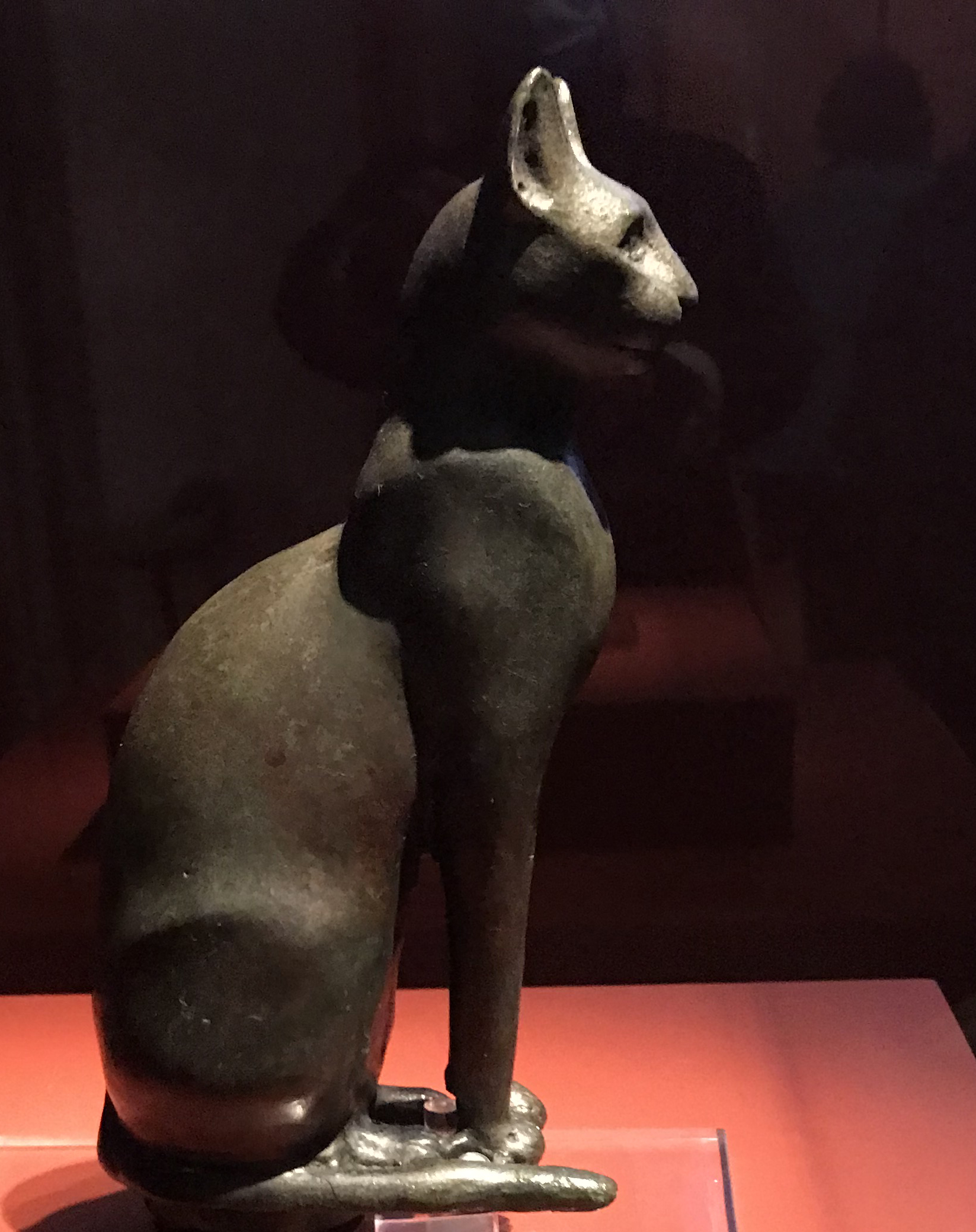
Nefertari’s tomb had been raided. The “good” stuff was gone. The sarcophagus lid was smashed and the mummy gone. Remaining were small sculptures, a few stela, reed sandals and a pair of knees. These goods and other objects from the reign of Ramses II and later are now on exhibit at the Portland Art Museum. This was to be a history field trip wherein the main object was to see 3500 year old footwear. I did not expect to be blown ‘/;[away by the art. These are finely rendered sensitive pieces. That is, the expressions on the faces are not from some papyrus that says this is how to do such and such expression but rather direct from the heart. This is how it feels to be the person portrayed. If an expression is sculpted from the heart then it is felt in the heart of the viewer. There is a direct communication between the sculptor and the viewer. Nevermind the 3500 years between.
Bastet
The Bastet piece is from a later period, 664-332 BCE. It is bronze. There is a long history of this form in this posture. This one is perfect.
Stela of Nakhi
The Stela of Nakhi is from the tomb. It shows the craftsman Nakhi making an offering to Osiris and Anubis. The middle register show offerings being presented to Nakhi and his wife from their children. The bottom shows other of their children presenting them with lotus blossoms. Stylized yes but the way the elements are arranged make this thing dance.
Unguent Jar
The Unguent Jar was meant to hold a soothing perhaps medicinal oil. I am soothed just looking at it. Here is kindness and relief. I would let that woman tend to my ills if all she had was a jar of spiders.
Young Woman
I do not have a picture of the label so I know no details about this little sculpture of a Young Woman. I recall it being about 9 – 10 inches high. It too conforms to stylistic rules but there is no stiffness here. She has assumed the stance but in her own way that speaks volumes.
Beer Jug
Egyptian beer was more of a meal than an alcoholic beverage. Made from crumbled bread, spices and perhaps malt it was consumed by both royalty and common folk. It was alcoholic enough to stave off waterborne disease but it took some doing to get drunk. That said there were festivals dedicated to that purpose. Perhaps for those events a stronger version was made.
Sandals
Lastly, the sandals. These were found in the burial chamber. Were they worn by Nefertari herself or were they meant for her afterlife? Probably the later. She would need new sandals for the afterlife. The weaving is very tight. Worth the price of admission right there.
The tomb itself has been called the Sistine Chapel of Ancient Egypt.
A detailed model of the tomb is part of the exhibit. The entire exhibition covers most of the museum’s ground floor. There are large granite statues, humble everyday items, and art. Wonderful art, wonderful things. It is not to be missed.
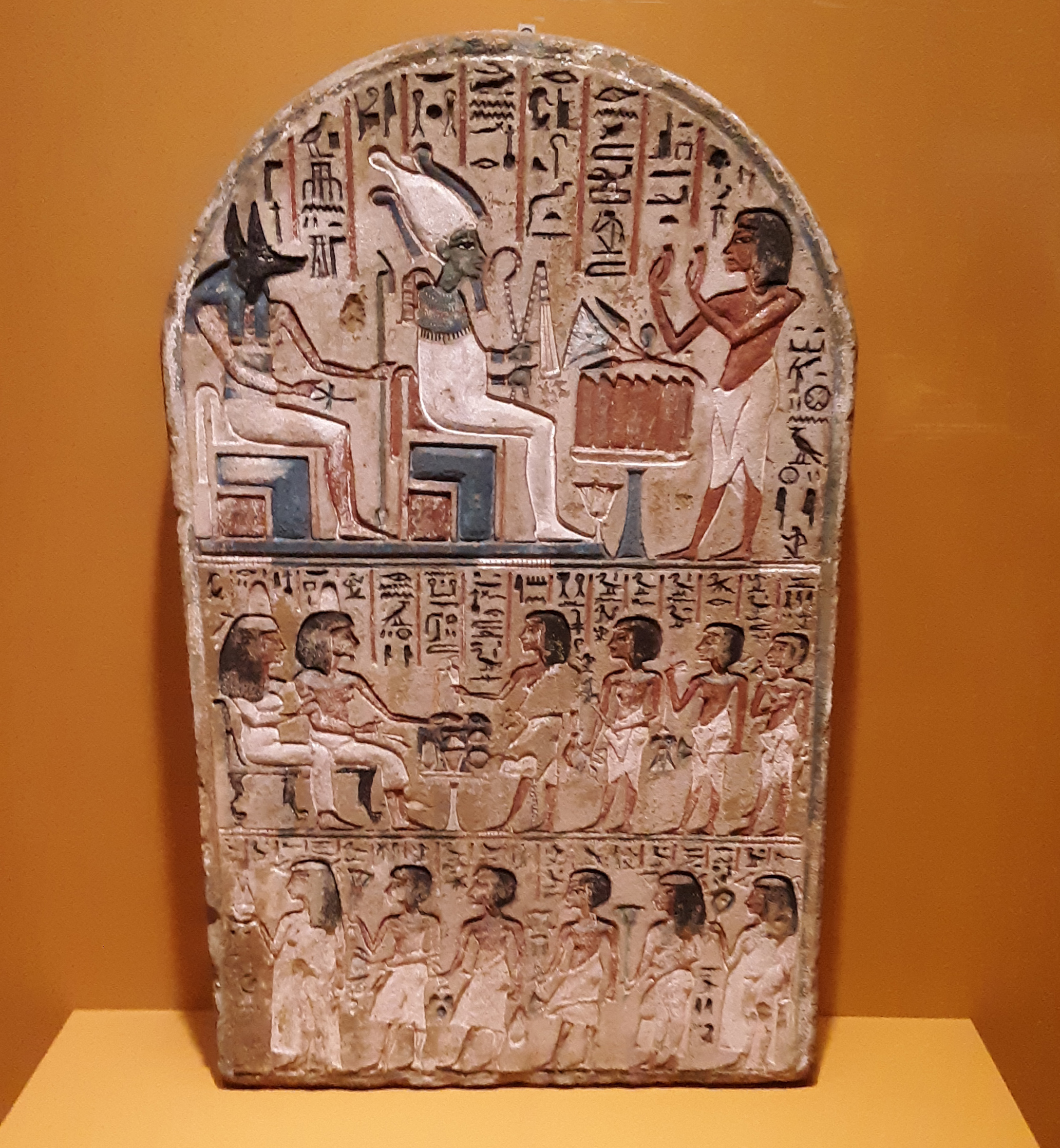
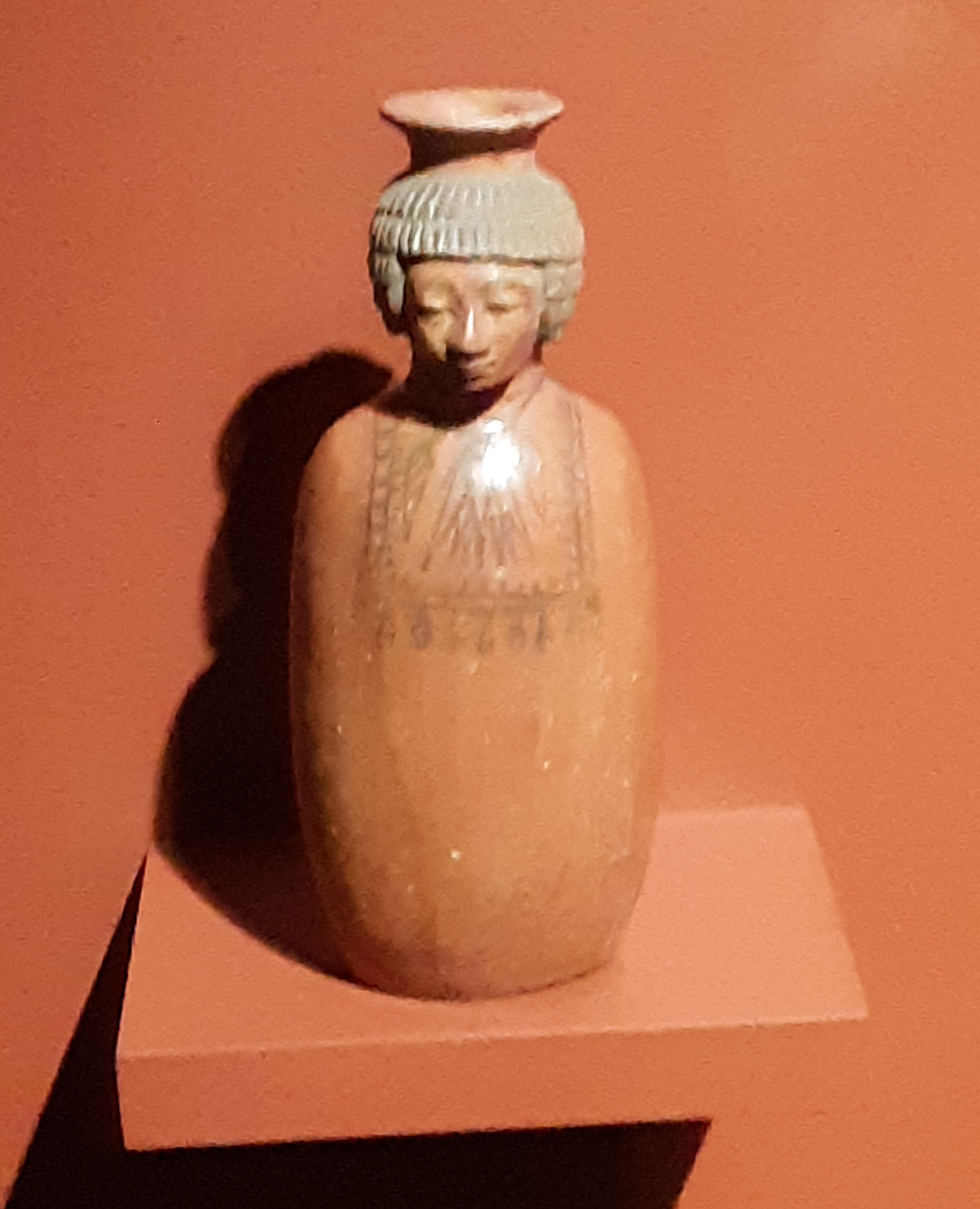

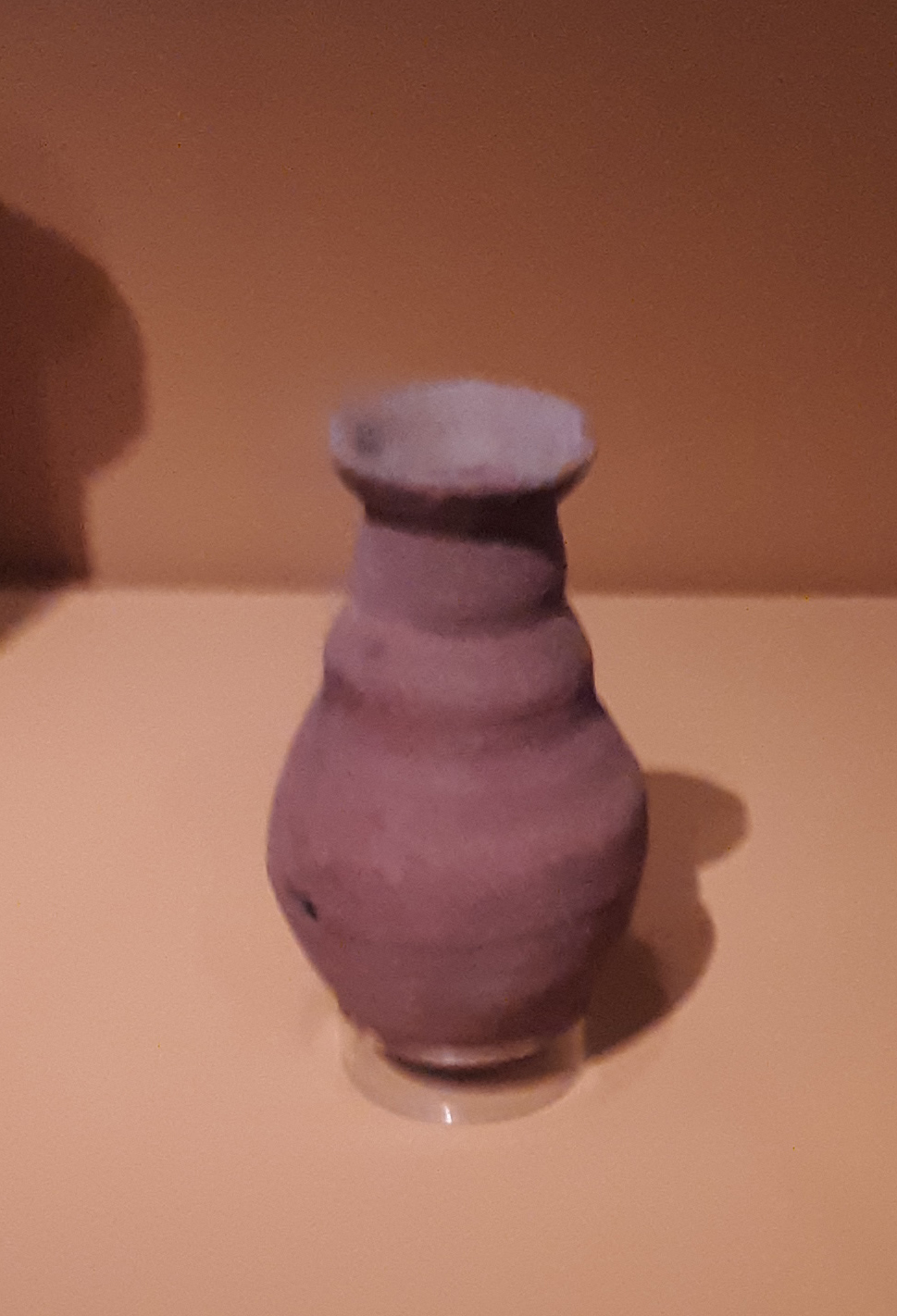
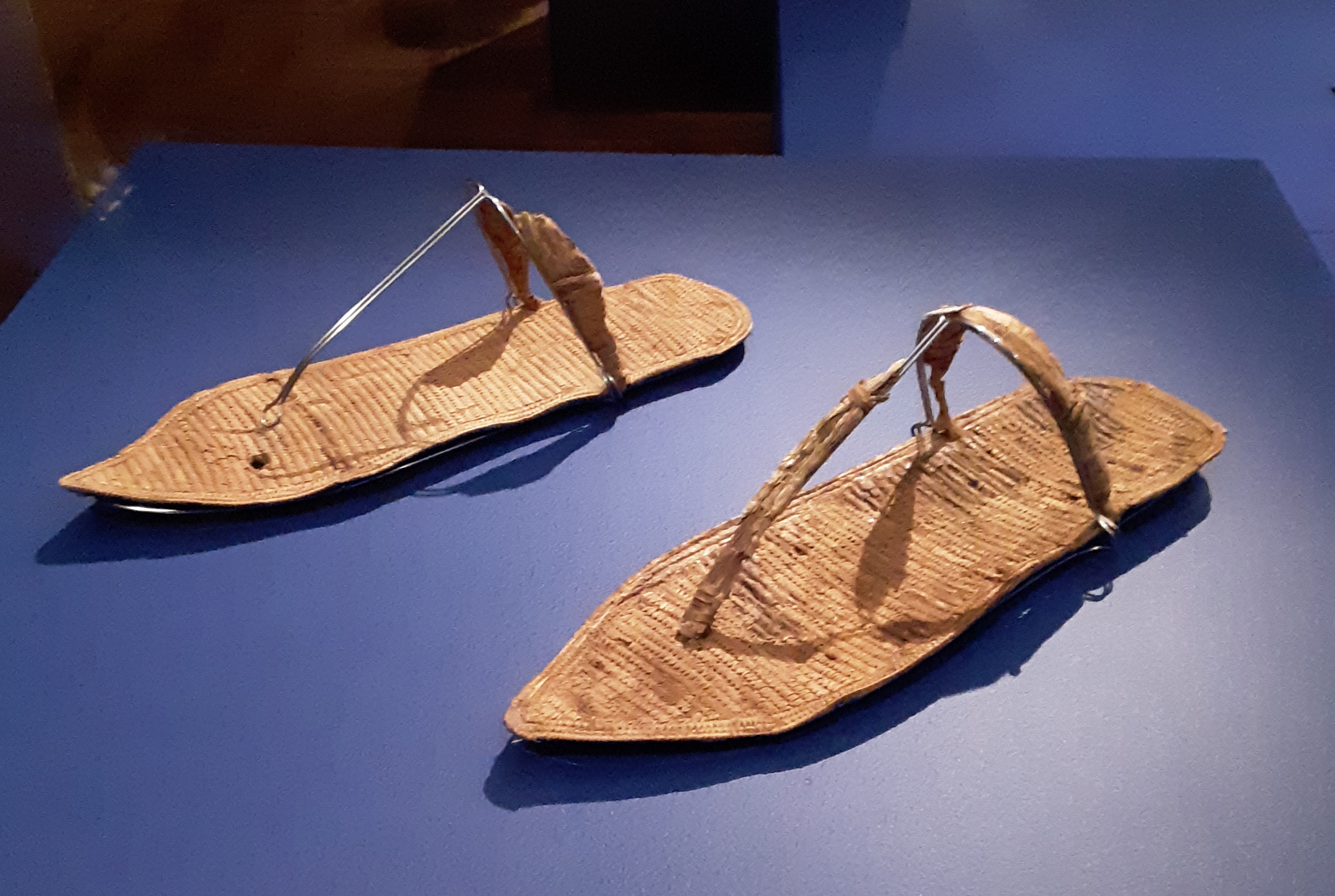
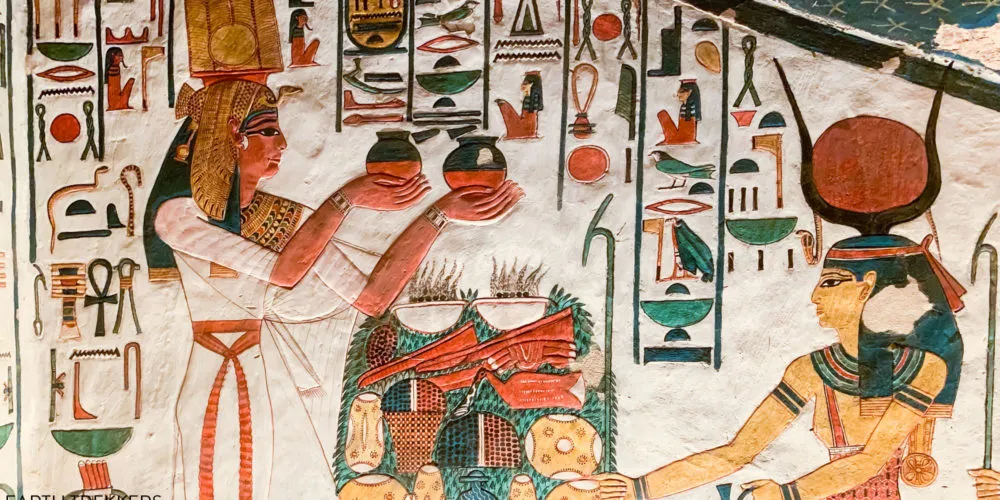
Inside the Tomb of Queen Nefertari – A Photo Tour
The tomb of Queen Nefertari, which is located in the Valley of the Queens on the west bank of Luxor, is one of the most spectacular tombs that you can visit in Egypt. This tomb has a big “wow” factor. The level of detail is amazing and the colors are more vibrant than what we saw in any of the … Continue readingInside the Tomb of Queen Nefertari – A Photo TourEarth Trekkers 24Comment
Leave a Reply
You must be logged in to post a comment.